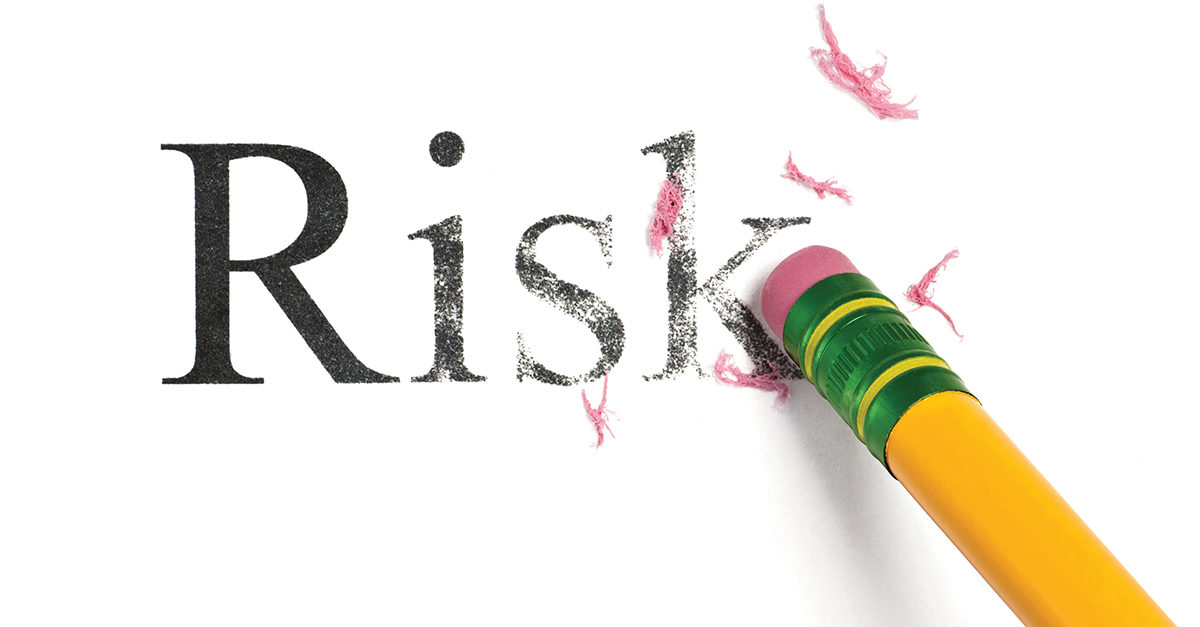Whether you are part of the environmental health and safety team in your company, the purchaser of personal protective equipment products for a company program, or deciding whether to have safety gear as part of your product line for distribution, you’ll notice there’s a renewed emphasis on workplace safety for employees within your marketplace.
The Benefits
Pressure to address overall safety for employees is being driven by the high monetary cost of incidents, as well as the effect accidents have on employee productivity and overall company morale. For example, according to the Bureau of Labor and Statistics Events Codes, in 2012, the 10 leading causes and direct costs of the most disabling workplace injuries cost organizations tens of billions of dollars.
Employees feel valued when they know their employers have their best interests in mind and provide the appropriate tools for them to do their jobs effectively and efficiently. Become aware of the benefits health and safety initiatives can bring to the bottom line and implement a program.
Making Your Case
Creating a safe workplace is increasingly important to business success. Start by developing a business case for the inclusion of safety programs in the company budget; understand the best time to make the case and create a compelling story to ensure the funds will be funneled to support this initiative.
Creating the case for safety is a multifaceted project that requires collaboration with internal business partners to ensure success both from a funding and implementation perspective. The case itself will have a number of components that will provide a data-based view about making the investment. The data presented will vary depending upon the business model, but an influential case will show the dollars and sense behind caring about safety.
Step 1: Show the Cost of Injury
- As a percentage of payroll
- In terms of product cost
- In terms of production rates
- In terms of sales
- In terms of cost per employee
- By demonstrating insurance premium optimization
- By presenting data about employee absences that result from injury.
Step 2: Develop a Plan
- Define the problem and desired outcome.
- Highlight direct costs or benefits of a project.
- Highlight hidden costs or benefits.
- Specify ideas for practical implementation.
- Create a budget, including initial funding, operational costs, and maintenance expenses.
- Include project elements, such as estimated time, equipment, and other resources.
- Benchmark comparisons to other companies.
- Define consequences for nonaction.
Step 3: Have Backup Information on Hand
- Include a review of alternative solutions that were considered.
- Include a list of constraints that limit your ability to gather/analyze data.
- Include an explanation of your calculations and assumptions.
Create a Safety Team
Companies that understand and monitor the culture of safety can identify where problems may occur and proactively take steps to mitigate risk and improve safety. Dedicating resources toward a robust culture of safety will provide measurable and immeasurable payback to the business. Creating a safety team can help to achieve this.
When creating a safety team, you will want to:
- Determine the job of the team.
- Collaborate across business channels and at all levels of the organization.
- Develop a safety audit; share and act on results.
- Create metrics and use data to inform decision making.
- Improve the strength, pace, and sustainability of the safety process.
- Believe in continuous safety improvement.
Determining Proper Safety Equipment
Safety gear is designed to keep a worker safe from head to toe. Many companies make investments based on compliance and falsely think they have mitigated safety issues. Really, they have only made the minimum effort to be compliant and avoid fines by an agency for incompliancy.
Take safety a step further by making it part of a company’s continuous improvement efforts. Audit deeper and determine what can be done proactively to reduce safety hazards. This may include the addition of gear to keep employees safe, productive, and efficient on the job.
Safety equipment for your staff should:
- Meet specific requirements for the need of the wearer
- Be a sustainable investment versus a short-term disposable solution
- Provide another layer of protection and serve as a proactive step to keep workers safe
- Demonstrate a return on investment and aid in increasing the bottom line
- Include lab- and field-tested designs with transparent testing results
- Surpass the regulatory minimums for protection.
When selecting your equipment, be sure to keep the working environment in mind. Consider the following scenarios:
- A worker wearing proper footgear is still vulnerable to slips and falls on wet surfaces or in wintry conditions.
- Hospital workers may protect themselves from germs, but are still prone to slips or falls on a just-mopped floor.
Creating a Culture of Safety
Create a culture of safety or recommit to safety; make it a priority. Be certain that safety does not take a backseat to other business priorities. Even in organizations that have implemented safety programs and protocols, competing agendas can arise when business demands are high. In these times, management’s commitment to the support of safety and health must stay the course.
Remember, safety is a journey of continuous improvement that along the way will take a company from meeting basic compliance standards to achieving safety excellence.
Resources for Additional Information
- National Safety Council (NSC)
- National Institute for Occupational Safety and Health (NIOSH)
- Occupational Safety and Health Administration (OSHA)
- Americans with Disabilities Act (ADA)
- U.S. Consumer Product Safety Commission (CPSC).



